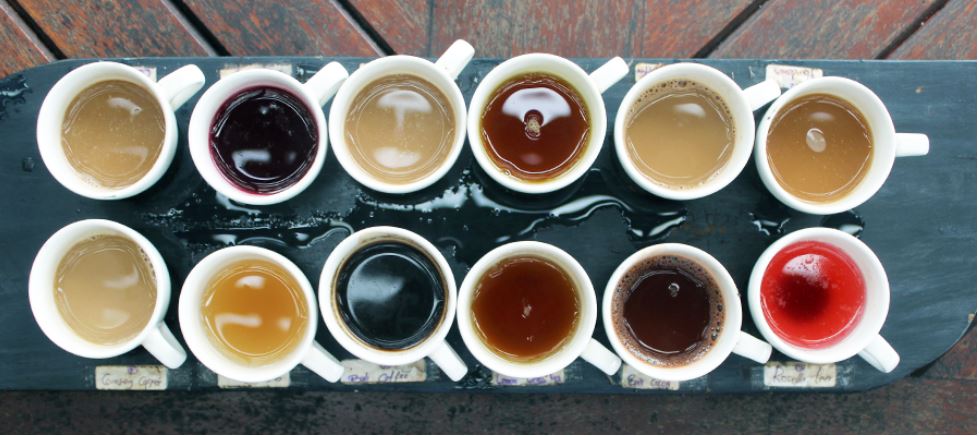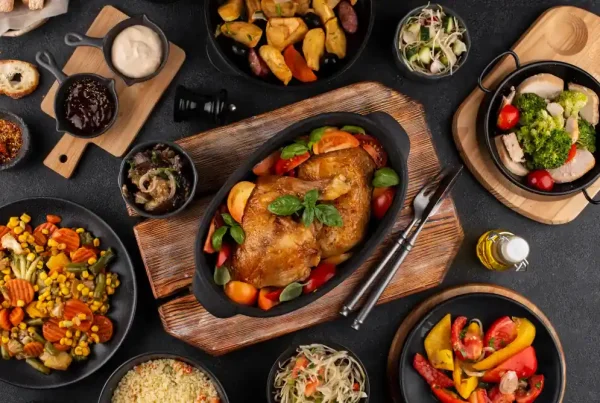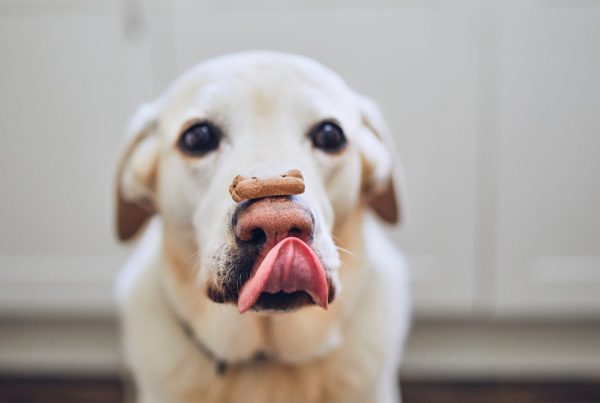Improve your tasting ability by neutralizing your palate, strengthening your senses and learning a taste lexicon
When eating and drinking, do you detect every last nuance of flavour? Or do you sometimes struggle to identify factors that affect how a food or beverage taste, such as ingredients and preparation methods? No matter where you fall on the spectrum, there’s room to improve your tasting ability, says Amy Peterkes, the North America manager of Kerry’s global flavour library.
There are numerous ways people working in the food and beverage industry may be required to demonstrate a heightened sense of taste, even if they never set foot in a flavour lab. A marketer may need to convey to R&D the exact type of strawberry flavour a product should have or a business development manager may be asked to justify the cost of a certain flavourful ingredient.
We asked Peterkes to explain how to become a better taster, from how to talk about taste to how to hone your palate.
KerryDigest: Before we get started, is taste the best name for this skill, or is there another way to think about it?
Amy Peterkes: Terminology is important. “Taste” refers specifically to what we perceive through the taste buds in our mouth—this is sometimes described as “gustatory”. “Flavour” refers to the perception that results from the combination of our gustatory sense of taste as well as our olfactory sense of smell. Throughout this article, when I talk about the experience of taste I’ll be referring to the combined gustatory and olfactory experience.
KD: What is the best way to prepare your palate to get the most information from a tasting?
AP: There are a lot of tricks for optimising your ability to taste. Here are some basics: Do not eat, drink or smoke anything 30 minutes before tasting, and do not taste more than four to six samples in a sitting. Remember to move the food around in your mouth while chewing so that it has the chance to hit all the taste receptors. Neutralize and swish between samples—you may want to have a small bite of an unsalted soda cracker, rinse with water or smell the inside of your elbow to neutralize your sense of smell. Products that contain fats and oils can mask your receptors, so try tasting them last.
In general, eating a balanced diet that doesn’t overdo any one basic flavour is best for retaining a strong sense of taste. You can actually become “de-sensitized” to tastes. For example, a person who uses lots of salt will be more salt blind than one who is not used to much salt. Brushing your tongue when you brush your teeth can help you to taste better. And, because part of the experience relies on your sense of smell, if you have a blocked nose from a cold, you may not taste as well as normal.
KD: What is the most basic way to get an “accurate” read of taste?
AP: Start by smelling the product. You can sniff-cleanse your olfactory sense by smelling the inside of your elbow before sniffing the food or beverage. Next, chew the product thoroughly. Let it linger in your mouth, and think about words to describe it. Swallow so that the olfactory and gustatory sensations are maximised and any lingering tastes can be noted. Rinse with water and write down the most important words to describe the experience.
KD: Once a person has this routine down, how can they further improve their ability to taste?
AP: As the saying goes, practice makes perfect. The more you pay attention, the more you’ll find you’re able to detect and the more you’ll notice what helps you have the most focus. For example, some people pinch their nose closed, put the food in their mouth to taste for the five basic tastes, then release their nose and get the full effect of the flavor.
I’ve found that the most immersive way to become comfortable tasting and transmitting ideas is to practice describing everything you put into your mouth. Think about how to describe an item to someone that has never tried it. Using your language of descriptors can really help open your mind to what you are tasting. Roll the food around on your tongue to make sure you have fully experienced the nuances of the taste, write down descriptors and see if they adequately describe what you were eating.
KD: Is it helpful to discuss what you’re tasting with someone else?
AP: Talking about taste can help you corroborate what you are tasting and help you to figure out some of the more elusive flavours that might be present. Within Kerry, each person is encouraged to learn our internal Kerry taste lexicon, which has a set of descriptors, word definitions and references to describe all food products. By using this lexicon, we ensure we are all speaking the same language. This is reinforced through continuous training modules that were designed to refine and train our teams to communicate their taste descriptions in a more thorough way.
KD: Are there any other qualities that can affect taste?
AP: Taste perception is influenced by multiple senses and emotional responses, and our individual liking or aversion to foods is extremely varied. For example, a smell or taste can remind a person of a pleasant or unpleasant time in their life, which will impact whether or not they like a food or drink. Then there’s the actual texture or mouthfeel of the item being tasted. These are also known as the kinesthetic or tactile properties, and include sensations such as crispiness, silkiness, tingling and crunch as well as cooling or heating. Even the color of a product or the temperature at which it is served can have an impact. The more you expose yourself to different foods and beverages , the better you’ll become at identifying specific tastes.
Source: Tasting Basics for Food & Bev Professionals: Become a Better Taster

















